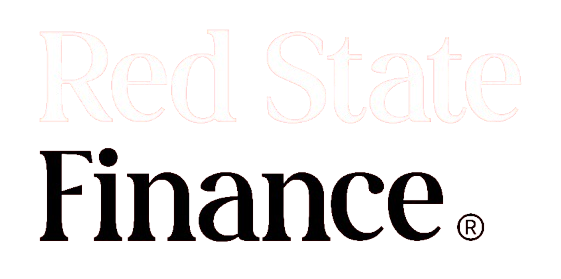The latest data from the Federal Reserve’s preferred inflation gauge indicates that price increases in July were consistent with Wall Street’s expectations. This development has significant implications for the Fed’s monetary policy, particularly as it approaches its next meeting where an interest rate cut is widely anticipated.
The core Personal Consumption Expenditures (PCE) index, which excludes the volatile costs of food and energy, rose by 0.2% in July compared to the previous month. This increase aligns perfectly with Wall Street’s expectations and mirrors the 0.2% rise recorded in June. The core PCE index is closely monitored by the Federal Reserve because it provides a clearer picture of underlying inflation trends, free from the distortions caused by temporary price spikes in food and energy.
On a year-over-year basis, the core PCE index showed a 2.6% increase in July. This figure is identical to the annual increase observed in June and slightly below the 2.7% that analysts had predicted. This consistent year-over-year increase suggests that while inflation remains above the Fed’s target, it is not accelerating, which could provide the central bank with more flexibility in its decision-making process.
This report marks the first inflation reading since Federal Reserve Chair Jerome Powell strongly hinted at a potential rate cut in the near future during his speech at the Jackson Hole Economic Symposium. Powell’s remarks, where he stated that “the time has come for policy to adjust,” signaled a growing confidence that inflation is gradually moving back toward the Fed’s 2% target. He emphasized that his belief in the direction of inflation had strengthened, suggesting that the Fed might be ready to ease its restrictive monetary policies.

Source: BUREAU OF ECONOMIC ANALYSIS
Friday’s inflation data is unlikely to alter Powell’s assessment significantly. The consistent monthly and yearly increases in the core PCE index reinforce the idea that inflation is stabilizing, albeit at a level slightly above the Fed’s preferred target. This stability supports the expectation that the Fed will move forward with a rate cut in September.
Ben Ayers, a senior economist at Nationwide, underscored this sentiment in a note to clients on Friday morning. He stated that a rate cut in September is virtually assured following Powell’s Jackson Hole speech. However, Ayers also noted that the continued cooling of inflation could give the Fed more room to be aggressive with further rate cuts in upcoming meetings, particularly if the labor market shows signs of significant weakening.
The interplay between inflation and the labor market has become increasingly important in the Fed’s decision-making process. While controlling inflation remains the Fed’s primary concern when considering rate cuts, growing concerns about a potential deterioration in the labor market are also coming into play. This shift in focus means that while inflation data remains crucial, it is not the sole factor guiding the Fed’s policies.
Ryan Sweet, the chief U.S. economist at Oxford Economics, explained in an interview with Yahoo Finance that the Fed’s attention is now divided between inflation and the labor market. He pointed out that the weight placed on monthly inflation reports has diminished slightly as the Fed considers broader economic conditions. Sweet also cautioned that the path to achieving the Fed’s inflation target will not be smooth and that fluctuations in inflation data are likely.
Despite these challenges, Sweet observed that the core PCE index is now within “spitting distance” of the Fed’s 2% goal. This proximity to the target suggests that the Fed’s current policies are working, but also that there is still some ground to cover before the central bank can declare victory over inflation.
As investors anticipate the Fed’s next move, the debate has shifted from whether there will be a rate cut in September to how substantial that cut will be. According to the CME FedWatch Tool, as of Friday morning, markets are pricing in a roughly 33% chance that the Federal Reserve will cut interest rates by 50 basis points by the end of its September meeting. This speculation reflects the uncertainty surrounding the Fed’s future actions and the broader economic outlook.
In conclusion, the latest inflation data provides further evidence that price pressures are stabilizing, giving the Federal Reserve the confidence it needs to proceed with a rate cut in September. However, the extent of that cut remains uncertain, as the Fed continues to weigh the risks of inflation against the potential for a weakening labor market. As the central bank navigates these challenges, its decisions in the coming months will be crucial in shaping the trajectory of the U.S. economy.




